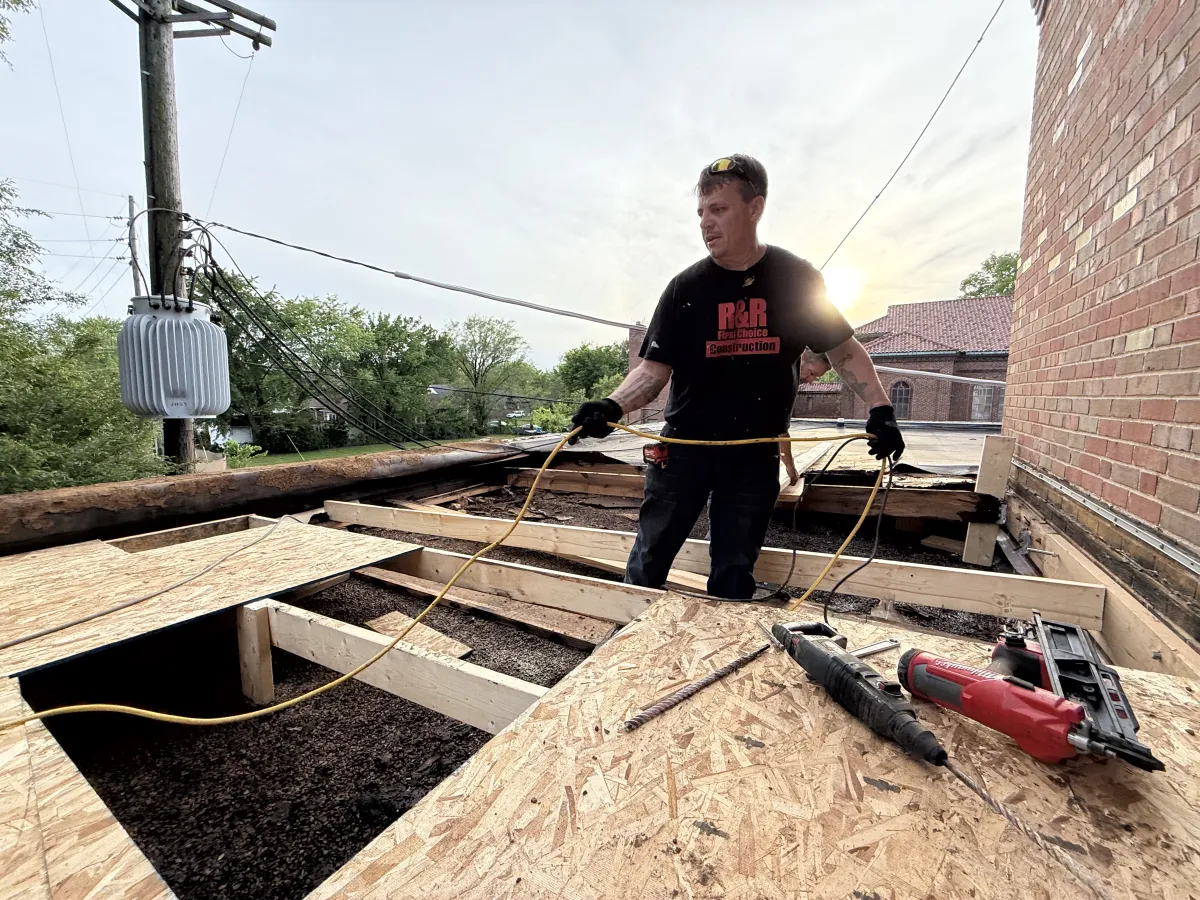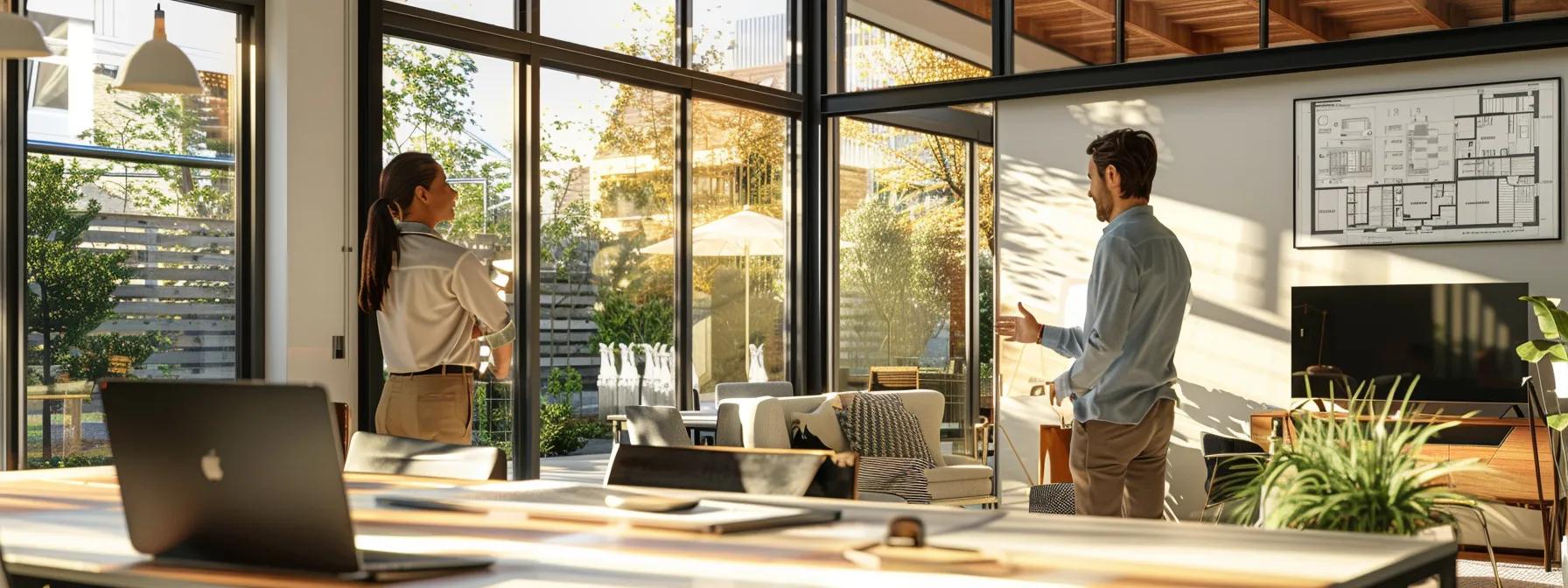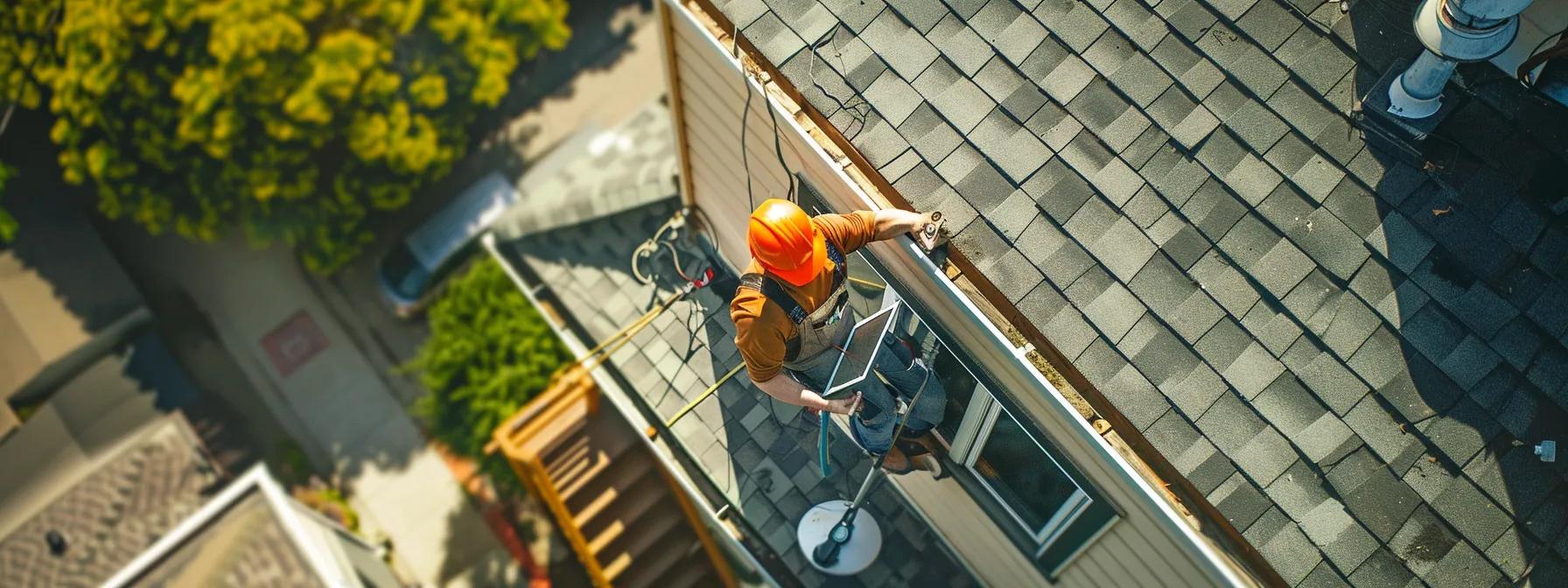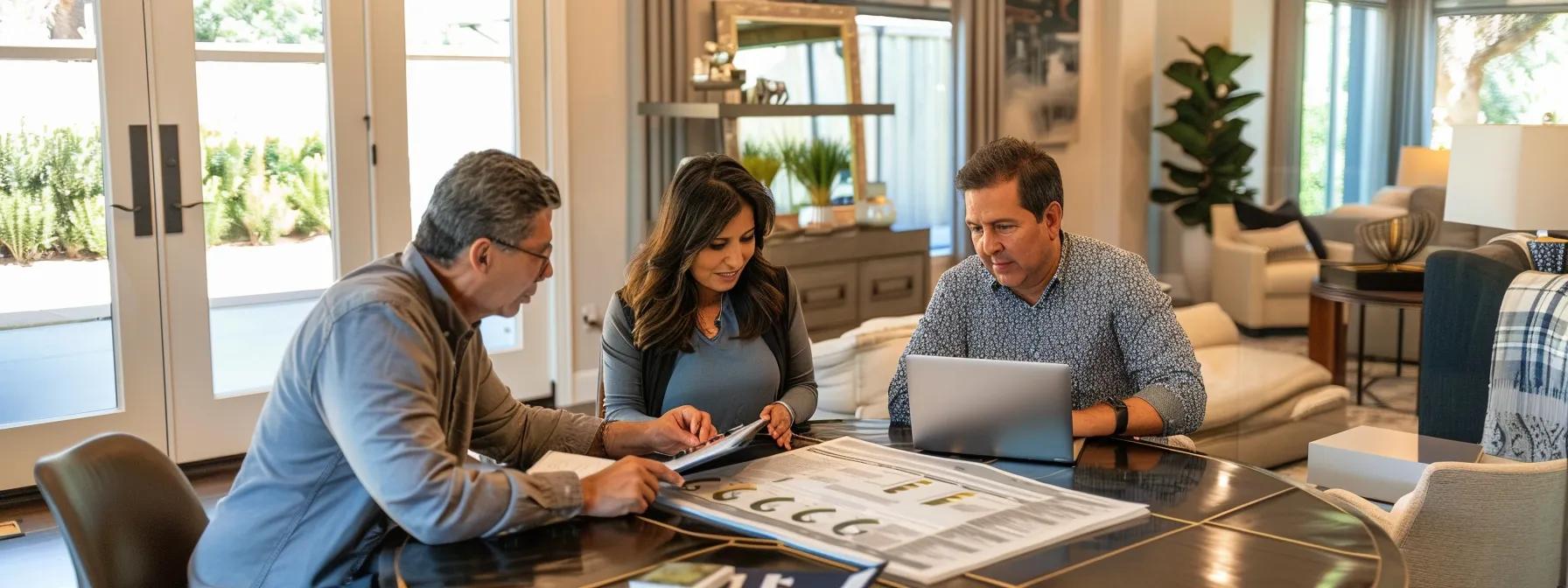
Preparing for Your Free Roofing Inspection From Local Contractors
Free Roofing Inspection From Local Contractors: What to Expect
Roof inspections are a vital part of home maintenance that save homeowners money and stress by identifying potential issues early. Professional roof assessments by local contractors provide peace of mind and clear guidance on necessary repairs or replacements. In today’s competitive housing market, knowing what to expect from a complimentary roof inspection can mean the difference between unexpected water damage and a long roof life. This article outlines the entire process—from what is included in a free roof check to how to vet local roofers and interpret free estimates—to help homeowners make informed decisions.
Understanding the Scope of a Complimentary Roof Assessment From Area Professionals
A complimentary roof assessment involves a detailed evaluation of both the exterior and interior elements of a home’s roofing system by experienced professionals. Inspectors check for visible wear and tear as well as hidden damage that may compromise the roof’s integrity over time. Local contractors offer free inspections to build trust and provide valuable insight into your roof’s condition—all at no initial cost.
What a No-Cost Roof Check Typically Includes
A no-cost roof check includes an exterior visual inspection of the roof’s surface, flashing, and gutter systems. Inspectors look for physical damage such as missing shingles, corrosion, signs of water penetration, and general aging. Homeowners receive a report outlining the roof’s condition along with recommendations for repairs or maintenance.
Identifying Hidden Damage With a Professional Eye
Experienced roofers use advanced techniques such as drone imaging to reveal hidden leaks, faded granules, deteriorated underlayment, or compromised flashings. These less-obvious issues, if left unchecked, can lead to major problems. By leveraging years of experience, contractors can identify risks early and suggest proactive measures.
How Local Roofing Contractors Approach a Free Inspection
Local roofing contractors follow a systematic protocol. They begin with an external survey of the roof and then analyze roofing materials and complementary elements like gutters and flashings. The process includes clear communication with the homeowner regarding what is inspected and what might need further evaluation, ensuring every issue—from minor wear to structural deficiencies—is documented.
The Importance of Obtaining Free Estimates From Roofing Specialists
Free estimates offer a transparent overview of potential expenditures for repairs or replacement. With these estimates, homeowners can compare different contractors and understand the overall scope of work and costs involved. Detailed proposals list labor, materials, and additional fees, helping homeowners budget for larger projects while building trust with the contractor.
Locating and Vetting Local Roofing Contractors for Your Free Estimate

Finding reliable roofing contractors begins with thorough research. Homeowners need to seek professionals with established reputations, proven track records, and verifiable credentials to ensure quality service for both the roof inspection and subsequent estimates.
Methods for Finding Reputable Area Roofers Offering Free Services
Reputable roofers can be found through online review platforms, local business directories, and referrals from neighbors or friends. Social media groups and local forums also provide recommendations. Trusted websites in home improvement and the Better Business Bureau are additional sources for gathering insights on contractors’ customer service and reliability.
Verifying Licenses and Insurance of Local Roofing Companies
Before scheduling an inspection, it is essential to verify that the contractor is properly licensed and insured. This ensures adherence to local building codes and protects against accidents or property damage. Homeowners should request proof of licenses, bonds, and insurance policies to reinforce confidence in the contractor.
Reading Customer Testimonials and Past Project Examples
Customer testimonials, before-and-after photos, and case studies available online offer real-world evidence of a contractor’s work quality, timeliness, and communication. Detailed reviews help homeowners decide which professional is most likely to meet their needs for a free roof inspection.
Key Questions to Pose Before Committing to an Inspection
Before the inspection, homeowners should ask: - What specific aspects of my roof will be evaluated? - How long will the inspection take and will there be a follow-up report? - Do you have experience with roofs similar to mine? - What warranties or guarantees do you offer on repairs? - Can you provide references from past clients?
These questions ensure that the contractor’s expertise aligns with homeowner expectations and promote clear, detailed communication for any future work.
The on-Site Free Roof Inspection Process With Your Chosen Local Contractor
The on-site inspection is critical in determining your roof’s condition. During this phase, professionals physically assess the roof, checking both external and internal areas to identify issues that could lead to costly repairs.
What to Anticipate on the Day of the Roof Evaluation
On inspection day, the contractor arrives on time, introduces themselves, and outlines the process. Homeowners are typically invited to observe parts of the inspection, which increases transparency and trust. The process is designed to be efficient and thorough to ensure that no damage goes unnoticed.
A Thorough Exterior Examination by the Roofing Professional
During the exterior check, the roofing contractor inspects the condition of shingles, tiles, and other roofing materials. They examine the roof’s slope, check the quality of flashing around chimneys and vents, and assess gutters and downspouts. Visible damage, such as cracks or curling, is noted, along with signs of water leakage that may hint at hidden issues.
Interior Checks That May Be Part of the Free Assessment
Some inspections include interior checks of areas directly beneath the roof. The contractor may inspect attic spaces for water stains, mold, or evidence of pest infestations—each potential sign of underlying roof damage.
Safety Protocols Followed by Local Roof Inspectors
Roof inspections involve inherent risks. To ensure safety, inspectors use protective gear, secure ladders, and follow strict protocols. Some contractors also employ drones to assess difficult-to-reach areas, minimizing risks while ensuring a comprehensive evaluation.
Critical Elements Examined During a Free Roofing Inspection by Local Experts

Professional roof inspectors evaluate several critical elements to determine the health of your roofing system, helping homeowners understand the results and prioritize repairs as needed.
Assessing the Condition of Shingles or Roofing Materials
Inspectors evaluate roofing materials for signs of deterioration, such as broken, missing, or curled shingles. For other materials like metal or tile, they check for rust, cracks, or misalignment. These conditions are key indicators of the roof’s remaining lifespan and overall performance.
Checking Flashing Seals and Potential Leak Points
Flashing seals, used around chimneys, vents, and skylights, are thoroughly checked for deterioration or improper installation. Damaged flashing is a common cause of leaks, and early detection can prevent water damage and mold growth in the home.
Evaluating Gutter Systems and Proper Water Drainage
Gutters and downspouts are essential for directing water away from the roof and foundation. Contractors inspect these systems to ensure they are clean, securely attached, and properly aligned. Poor drainage can lead to premature roof deterioration and water intrusion problems.
Looking for Structural Concerns and Deck Integrity
The roofing deck supports all roofing elements and is inspected for signs of rot, sagging, or other weaknesses. A compromised deck can lead to extensive damage once the roofing materials are affected. Early identification of structural concerns allows for timely and cost-effective repairs.
Identifying Ventilation Adequacy and Issues
Proper roof ventilation is critical to reducing heat buildup and moisture accumulation in the attic. Inspectors verify that there is adequate intake and exhaust, as insufficient ventilation can lead to premature aging of the roof and foster mold growth.
Receiving and Interpreting Your Free Estimate From Local Roofing Contractors
After the inspection, homeowners receive a detailed estimate outlining the scope of recommended repairs or replacement work and associated costs. Understanding this estimate is essential for planning your next steps.
Understanding the Breakdown of Costs in a Roofing Proposal
A well-drafted roofing proposal itemizes costs for labor, materials, equipment rentals, and additional fees. This transparency helps homeowners understand exactly how their money will be allocated, facilitating informed budgeting decisions.
Material Options and Labor Details Outlined in the Free Estimate
Estimates typically specify the type and quality of materials to be used—such as high-quality asphalt shingles, metal roofing, or premium underlayment—and detail the labor required, including the qualifications of the crew. This level of detail allows homeowners to compare options and select the best value.
Warranty Information Accompanying the Contractor's Quote
Reliable contractors include warranty details that cover both materials and workmanship. Homeowners should carefully review these clauses to ensure they receive long-term protection against defective materials and installation errors.
Comparing Different Free Estimates From Various Local Roofers
Obtaining multiple free estimates enables homeowners to compare cost, material quality, projected timelines, and warranty terms. This side-by-side comparison is vital in choosing a contractor that is reliable and competitively priced.
Seeking Clarification on Any Aspect of the Roofing Estimate
Homeowners are encouraged to discuss any uncertainties with the contractor before signing a contract. Questions about technical specifications, cost breakdowns, or warranty terms should be addressed to ensure clarity and foster confidence in the proposal.
Your Path Forward After the Free Roofing Inspection and Estimate

After the inspection and receipt of the estimate, homeowners must decide the best course of action. This involves reviewing findings, comparing proposals, and determining whether to repair, replace, or seek additional opinions.
Reviewing the Inspection Findings and Professional Recommendations
The inspection report outlines the current state of the roof and highlights areas of concern. Homeowners should use this report, along with the estimate, to gauge the urgency of repairs. Recommendations may call for immediate action or suggest scheduled replacements based on the roof’s overall condition.
Deciding on Repairs or Replacement Based on the Free Estimate
Homeowners may choose targeted repairs if the issues are localized and the deck remains sound, or opt for a complete replacement if deterioration is widespread. Factors such as cost-effectiveness, expected longevity, and the likelihood of future problems should guide this decision.
Discussing Project Timelines With Local Roofing Contractors
Project timelines are a key factor in protecting your home from weather-related damage. Contractors usually provide an estimated start date, duration, and major milestones. Aligning these timelines with seasonal weather patterns helps ensure maximum efficiency and protection.
When to Consider a Second Opinion for Your Roofing Project
If estimates differ significantly or if there are doubts about the findings, securing a second opinion from another qualified contractor can provide peace of mind. An independent assessment may confirm the need for repairs or reveal additional issues, ensuring that no critical details are overlooked.
Preparing for Your Roofing Work With the Selected Local Contractor
Once a contractor is chosen, preparation is key. This includes reviewing the final contract, scheduling necessary permits, and ensuring clear property access on the scheduled dates. Confirming warranty agreements and establishing clear communication lines also help ensure that the project runs smoothly.
List of Critical Roofing Elements Evaluated During Inspections
To summarize, professional inspectors evaluate these critical roofing elements: 1. Shingles or Roofing Materials – Overall condition, aging, and performance indicators. 2. Flashing Seals – Integrity of seals to prevent leaks. 3. Gutter Systems – Efficiency of water drainage and cleanliness. 4. Structural Deck – Underlying support, rot, and sagging issues. 5. Ventilation – Adequate airflow to prevent moisture buildup and overheating.
Each element plays a crucial role in the roof’s functionality, and neglecting any one can lead to increased repair costs over time.
Table: Comparison of Roofing Inspection Elements
Below is a table summarizing the key elements assessed during a free roofing inspection:
Element
Main Purpose
Common Issues
Importance to Roof Health
Shingles/Roofing Material
Protects from weather
Cracking, curling, granule loss
High – Affects overall integrity
Flashing Seals
Prevents water penetration
Corrosion, improper installation
Critical – Prevents leaks
Gutter Systems
Directs water away
Clogging, misalignment, rust
Essential – Prevents water damage
Structural Deck
Provides foundational support
Rot, sagging, loose boards
Fundamental – Supports system
Ventilation
Regulates temperature
Inadequate airflow, moisture buildup
Vital – Ensures longevity
Regular inspections that cover these elements help maintain a healthy roofing system and prevent costly repairs in the future.
Frequently Asked Questions
Q: How often should a homeowner schedule a free roof inspection? A: It is recommended to have a roof inspection at least once a year, ideally during spring or fall, to catch seasonal wear or damage early.
Q: Can a free roof inspection reveal hidden interior damage? A: Yes, inspectors may check attics and interior ceilings for signs of water damage or mold, which can indicate underlying roof leaks.
Q: What if my roof appears to have minor issues—should I still get an inspection? A: Absolutely. Even minor issues can escalate if unattended; a complimentary inspection can catch early signs of wear before they become serious.
Q: How can I prepare my property for a free roof inspection? A: Clear all exterior access areas around the roof, trim overgrown vegetation, and remove debris from gutters to ensure an effective inspection.
Q: What warranties should I expect after repairs based on a free estimate? A: Reputable contractors provide warranties covering both materials and labor. Review warranty details in the estimate and contract to understand the coverage.
Q: Is the free estimate binding or subject to change? A: The free estimate is typically preliminary and may change after a full roof assessment. Any discrepancies will be discussed before work begins.
Q: How does proper ventilation influence roof longevity? A: Proper ventilation minimizes heat buildup and moisture, extending the life of roofing materials and preventing premature aging.
Final Thoughts
Regular roof inspections are essential for protecting one of your most valuable assets. A complimentary roof inspection by local contractors identifies visible and hidden damage while establishing trust between you and the service provider. Understanding what is evaluated during these inspections and carefully reviewing free estimates allows you to make informed decisions about repairs or replacements. With safety protocols, warranty options, and professional assessments, investing in a free roof inspection is a proactive step toward long-term roofing health and overall home safety.
